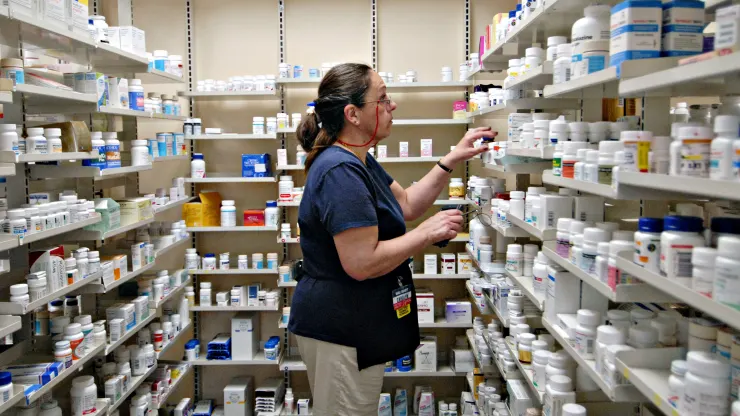The cost of prescription medications in the U.S. has surged by 37% since 2014, significantly outpacing the rate of inflation, according to data from GoodRx. While price increases have slowed this year compared to the past decade, higher costs continue to raise out-of-pocket expenses for consumers. On average, Americans spend $16.26 out of pocket per prescription.
GoodRx director of research Tori Marsh explained that rising costs inevitably trickle down to consumers, especially those in high deductible plans or without insurance, leading to substantial out-of-pocket payments. GoodRx found that the patient share of costs is growing due to increasing copays, coinsurances, and deductibles. Over the past decade, the average deductible has nearly doubled, and many plans have added higher copay tiers for certain drugs.
This dynamic, referred to by GoodRx as “the big pinch,” combines high medication costs with reduced insurance coverage. Analyzing more than 3,700 Medicare Part D plans from 2010 to 2024, GoodRx discovered a 19% decline in the portion of medications covered. Marsh emphasized the compounded impact of rising prices, increased access difficulties, and diminished insurance coverage.
Americans pay two to three times more for prescription drugs than consumers in other developed countries, according to the White House. This issue has become a focal point for President Joe Biden, especially as the 2024 election approaches. The Biden administration has implemented several measures to reduce out-of-pocket drug expenses.
Recently, the White House announced price reductions for 64 prescription drugs for some Medicare beneficiaries due to inflation penalties on drugmakers. Effective in the third quarter, these lower costs will benefit approximately 750,000 people who use these drugs annually, with potential savings of up to $4,593 per year.
GoodRx interim CEO Scott Wagner noted that despite efforts by policymakers and industry leaders to address affordability and accessibility barriers, out-of-pocket costs for patients continue to rise and often come as a significant surprise. This ongoing challenge underscores the need for further measures to alleviate the financial burden on consumers.
READ MORE:
